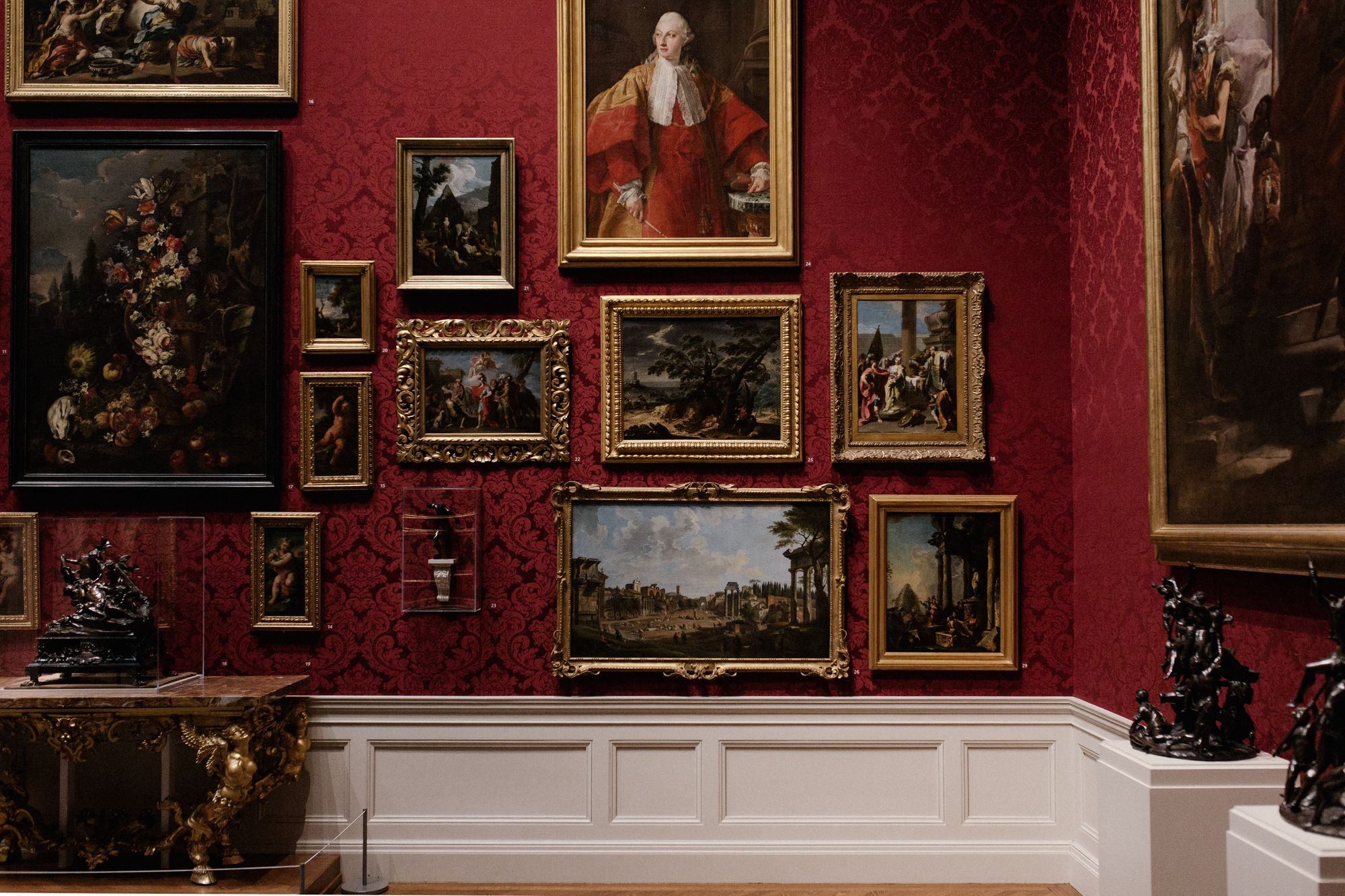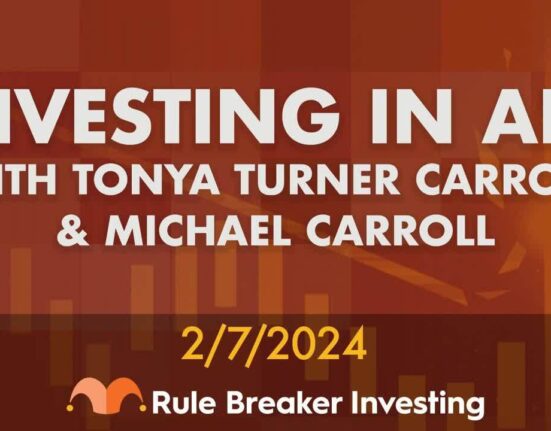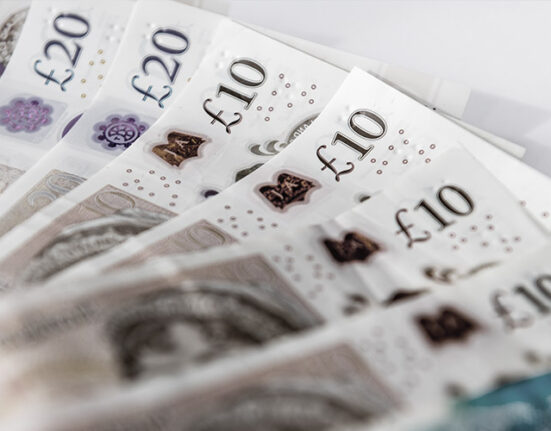There was once a belief that only a certain type of individual had the knowledge, skill, and interest required to successfully invest in artworks. For too long, this stereotype limited access to the art world only to those of a certain class, education level, and economic status.
Thankfully, this notion has diminished in recent years, and the idea of investing in art has become increasingly mainstream. Over time, many barriers and misconceptions have been broken down, and industry insiders have been willing to let outsiders in on the secrets.
Ultimately, investing in art is an opportunity that is open to everyone – and the amount you earn actually has very little to do with where you start. With a lot of research, plenty of planning, and some knowledge of the art world, it can be an amazing investment opportunity. Wondering how to get started? Read on for a crash course in investing in art, and discover everything you need to know.
Why Invest in Art?
Recent big-ticket auction sales have generated significant buzz around the fine art market. At a May 2022 auction, the painting Shot Sage Blue Marilyn (1964) by famous artist Andy Warhol sold for a record breaking $195 million.
The 2022 annual report by Art Basel and UBS Global Art estimates that worldwide art sales surpassed $65.1 billion in 2021. This represented an increase in sales of 29% from 2020, surpassing pre-pandemic levels of 2019. They also found the volume of sales recovered from Covid-19 levels, increasing by 17% in 2021 to an estimated 36.7 million transactions.
Low Correlation to Traditional Markets
When investing, risk is always a consideration. Market risk refers to the systemic risk inherent to the stock market that cannot be diversified away. No matter how many different index funds someone invests in, they are going to lose money during a market downturn. Artwork, however, is not correlated to any stock index or market. Buying art acts as a store of value completely separate from traditional asset movements.
A 2022 CitiBank Report calculated the correlation between art* and all other asset classes and found that most correlations are weakly positive or close to zero.
Contemporary Art and Developed Equities showed a correlation of -0.04 between 1985 and 2021, while Contemporary Art and Investment Grade Fixed Income showed a correlation of 0.15. In fact, art had the strongest correlation with real estate – another tangible asset class – with a correlation of 0.21.
No Price Depreciation
While art can provide price appreciation, and historically has, another important benefit to art as an asset is the lack of price depreciation. Unlike other hard assets like houses and cars, art does not depreciate after years of hanging on a wall. If anything, a 500-year-old painting is going to be more valuable today than when it was commissioned.
From January 2020 through June 2021, the Masterworks.io All Art Index delivered a 28.2% return — comparable to broad, publicly-traded risk asset classes including developed market equities, emerging market equities, and commodities, as noted by a 2022 CitiBank Report.
Potential Inflation Hedge
According to Masterworks internal research, during periods from 1985-2020 when inflation was equal to or higher than 3.0%, Post-War & Contemporary art prices had an annual average real price appreciation of 23.2%. In fact, according to Art Net, art sales tend to increase during times of high inflation, indicating a higher volume market and potential higher price appreciation.
Aesthetic Value
Do you get excited looking at shares in your brokerage account? Most likely, you don’t. Compared to other investment vehicles, art is an asset that you can enjoy while holding it in your portfolio. This is where the bulk of art’s value is obtained, so it should be appreciated by those who purchase it.
What Are the Risks of Investing in Art ?
Like any investment, there are a few considerations to make when deciding whether to invest in artwork or not.
Illiquid & Long Term Asset
Investing in artwork is similar to real estate or classic cars, they are highly illiquid assets that cannot easily be sold for quick cash. It is often difficult to find a buyer for any collectible, including highly valued art. It can be especially difficult to find a buyer on short notice.
There are proper channels that must be used in order to sell a piece of art. Art investing should be part of a larger long-term investment strategy, and should not be expected to return regular income, or be easily liquidated.
Costs and Fees
Investment worthy pieces of art rarely come with a small price tag. – Of course, there are art investment funds and fractional shares of artwork that allow an investor to add art to their portfolio without the million dollar price tag. – If an investor is interested in purchasing the art straight out, they are going to need to spend some cash on a valuable piece.
Costs include handling, storage, and insurance, which can all come with high fees. Art investors often plan on holding onto pieces for a long time, in order to let it appreciate in value. In the meantime, the investor would have to pay for maintenance and restoration.
Counterfeits & Potential for Destruction
The collectibles market is flooded with counterfeit items, and unless an investor is well versed in appraisal, it would be easy to fall prey. Like making any investment, it is important to do research on what you are buying before making the investment. There are ways to help avoid getting duped including:
- Examine the certificate of authenticity
- Research the edition number
- Check the materials
Another way to help avoid falling for a counterfeit is working with an expert or a third party such as purchasing from an auction house or working with an appraiser. Investing in art funds or fractional shares also takes off the pressure of authenticity for the investor.
Lack of Information
There is no shortage of information when it comes to investing in stocks, bonds, or other traditional assets. Because these are publicly traded assets, the public market offers extensive information. The same isn’t true for art. Information exists, but it is often limited as many transactions are private sales.
Aside from lack of open access to information, it can also be hard to find comparables (comps) when considering an art investment. If a comparable piece of art appraised at $15,000, it doesn’t necessarily mean that one you own will appraise for the same amount.
Unlike traditional assets, art is often one-of-a-kind, making it hard to always find an exact comparison. There is a lot that goes into valuing art, including the condition, whether its an original, rarity, and so on.
Kinds of Art You Can Invest In
One of the most important decisions when crafting an art investment portfolio is deciding what to buy. Similar to other asset classes, there are subcategories that art can be broken down into. These different types of artwork differ based on expected returns and ease of access.
Old Masters
Old Masters refer to the artwork you have likely seen in art history classes and museums. These are pieces from the world’s most renowned artists, they carry prestige, notoriety, and large price tags. Examples of Old Masters works include Leonardo da Vinci, Michelangelo, and Masaccio.
Pieces by the old masters are both the rarest and most valuable pieces of art in the world. These pieces are often purchased by Ultra-High-Net-Worth collectors or institutions like museums or galleries.
Blue Chip Art
Blue chip art comes from the financial term for blue chip stocks, referring to companies with solid track records of sustainability and profitability. While not on par with the valuations of old masters’ works, blue-chip art comes from well-known artists with a lasting cultural appeal, such as Picasso, Basquiat, or Warhol.
Blue chip artwork usually sells for more than $10,000 a piece, but it’s easy to start investing in the most sought-after blue chip art through Masterworks.
Blue chip art makes up a significant bulk of art investing both with the purchase of pieces to hold in individual accounts and with the new rising trend of fractional ownership of contemporary art.
Art Funds
If purchasing a piece of artwork is beyond an investor’s budget or expertise, art funds help to fill the gap. Investors can simply buy the whole art market, or a segment of the market, by owning shares of an art index.
Up-and-Coming Artists
The art market is full of artists that have yet to gain a following or break into the blue chip world. Up-and-coming artists often produce top-tier quality works for a fraction of the price of blue chip pieces because they don’t yet have the name recognition.
Knowledge of the art world and art market is helpful here, so beginners likely aren’t going to stumble upon the next Andy Warhol. This form of investing is highly speculative compared to investing in old masters or blue chip work.
How to Invest in Art
There are both primary and secondary markets for art investing. A primary market is when you purchase directly from the artist or the gallery, this is the first time a piece of art has been sold. Once a piece has been sold once, the art moves to the secondary market.
Auction Houses
Auction houses are the most common secondary market for artworks. Usually, auction houses sell artwork that someone has held and is trying to make a profit from. Auction houses exist both in-person and online. The most well-known high-end auction houses are Sotheby’s and Christie’s. Smaller auction houses like Artfinder and Society6 can provide a retail investor with access to artwork that is less well-known.
At auction houses, the buyer often ends up paying a buyer’s premium which is often as much as 30% of the sale price. This sticker price can be shocking to first-time buyers.
Art Galleries
Art galleries give potential art investors the chance to see a wide variety of pieces. Galleries also have already curated a selection of artwork that at least the curator thinks might be valuable. Many art galleries are primary markets – they display original pieces that have not been sold before. Depending on where you live, you may be able to find top tier local galleries.
Art Fairs
Art fairs allow an investor to purchase directly from the artist. These fairs can be a good opportunity to find up-and-coming artists, but there is no guarantee. Local and regional art fairs can have beautiful pieces – and although these artists may not become the next Basquiat, they can look good on your wall and could potentially be sold for more down the line.
The easiest way for a beginner to invest in art, especially without a lot of starting capital, is to buy fractional shares. With fractional investing, an investor buys interest in a piece of artwork along with other investors.
How this works is a platform, like Masterworks, buys a piece of artwork, and an individual investor can purchase shares of that item. After buying shares, investors are entitled to a percentage of the proceeds when the artwork sells. This is considered a secondary market as the art has already been sold before. Fractional shares can be for an individual piece of artwork, or – similar to an ETF – of a diversified pool of artworks.
Using a platform to invest in fractional artwork is the most accessible and affordable way for a beginner to get started. First, expert teams have already done a lot of the homework and evaluation of paintings and pieces of art. Secondly, the price for investors is much lower because there is no obligation to purchase the piece in full.
Finally, there is an element of liquidity if you work with a platform that allows you to buy and sell shares on a secondary market.
FAQs
1. Is fine art a good investment?
Investing in fine art, or blue chip art, can be a good investment. But, like any investment, there is risk to consider. Art is a unique investable asset because of its low correlation to traditional markets, historic price appreciation, and its potential inflation hedge. Not to mention that it is beautiful to look at.
2. How do I start investing in art?
First, you must decide how you want to invest in art. If you are looking to purchase art yourself to hold in your home, you can get started by visiting online auctions or going to art fairs.
If you are interested in diversifying your portfolio with art but aren’t sure you can take on the risk of purchasing a multi-million dollar painting, you can get started with a fractional shares platform. Platforms such as Masterworks allow for the trading of fractional shares of artworks.
Final Thoughts
If you are brand new to the art world, or more comfortable investing in stocks than in Salvador Dali, then investing in this area can seem overwhelming. The key, however, is research. As your understanding of the field develops, your confidence will build alongside it, allowing you to develop an eye for pieces that may greatly increase in value over time.
Expanding your investment portfolio to include artworks is an exciting move and one which can expand your skills and interests, as well as helping to boost your financial potential.
*Art is represented by Masterworks.io Total Art, Post-War & Contemporary Art, and Impressionist & Modern Art Indices. Indices revised as of November 2021.







